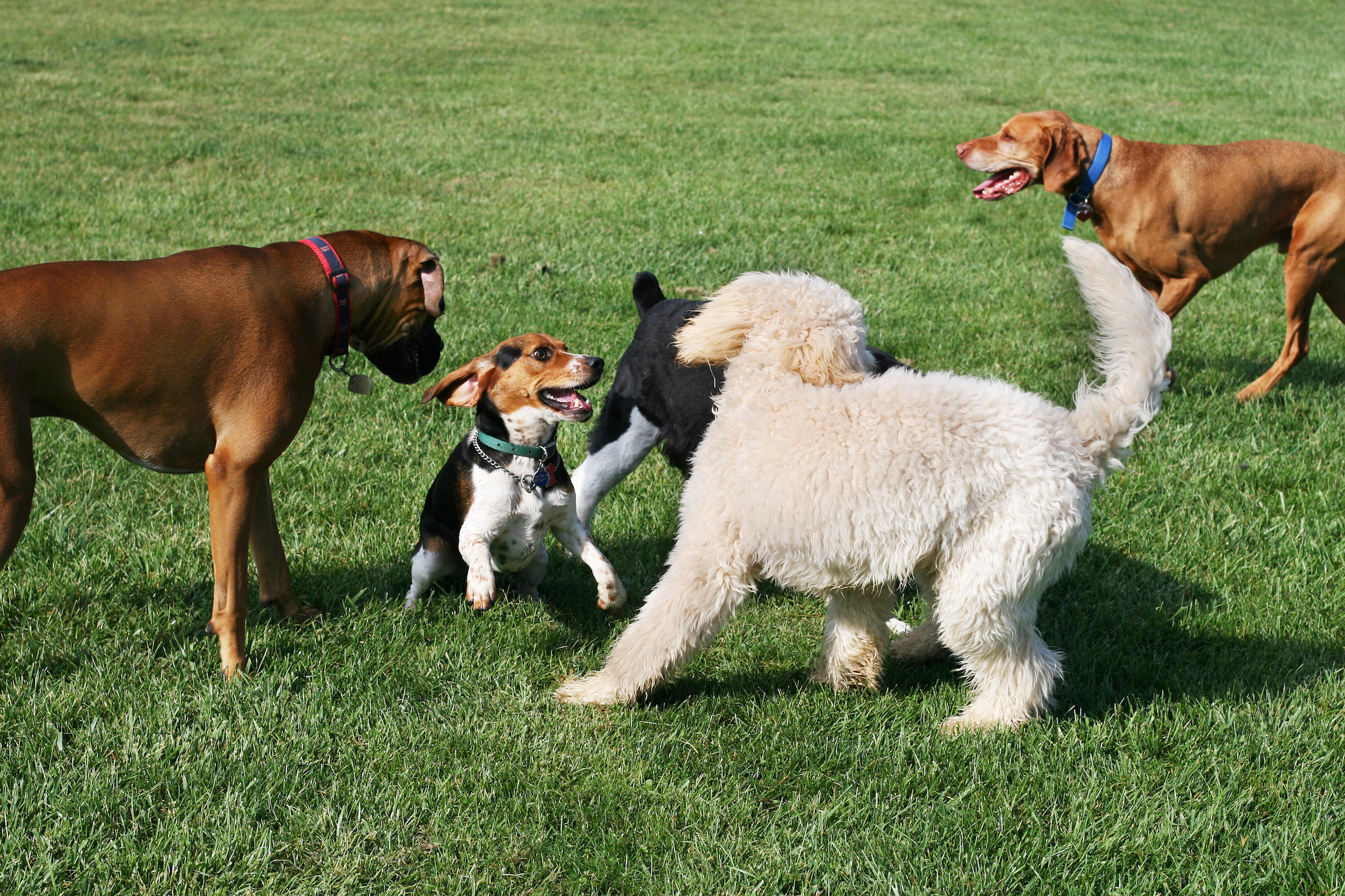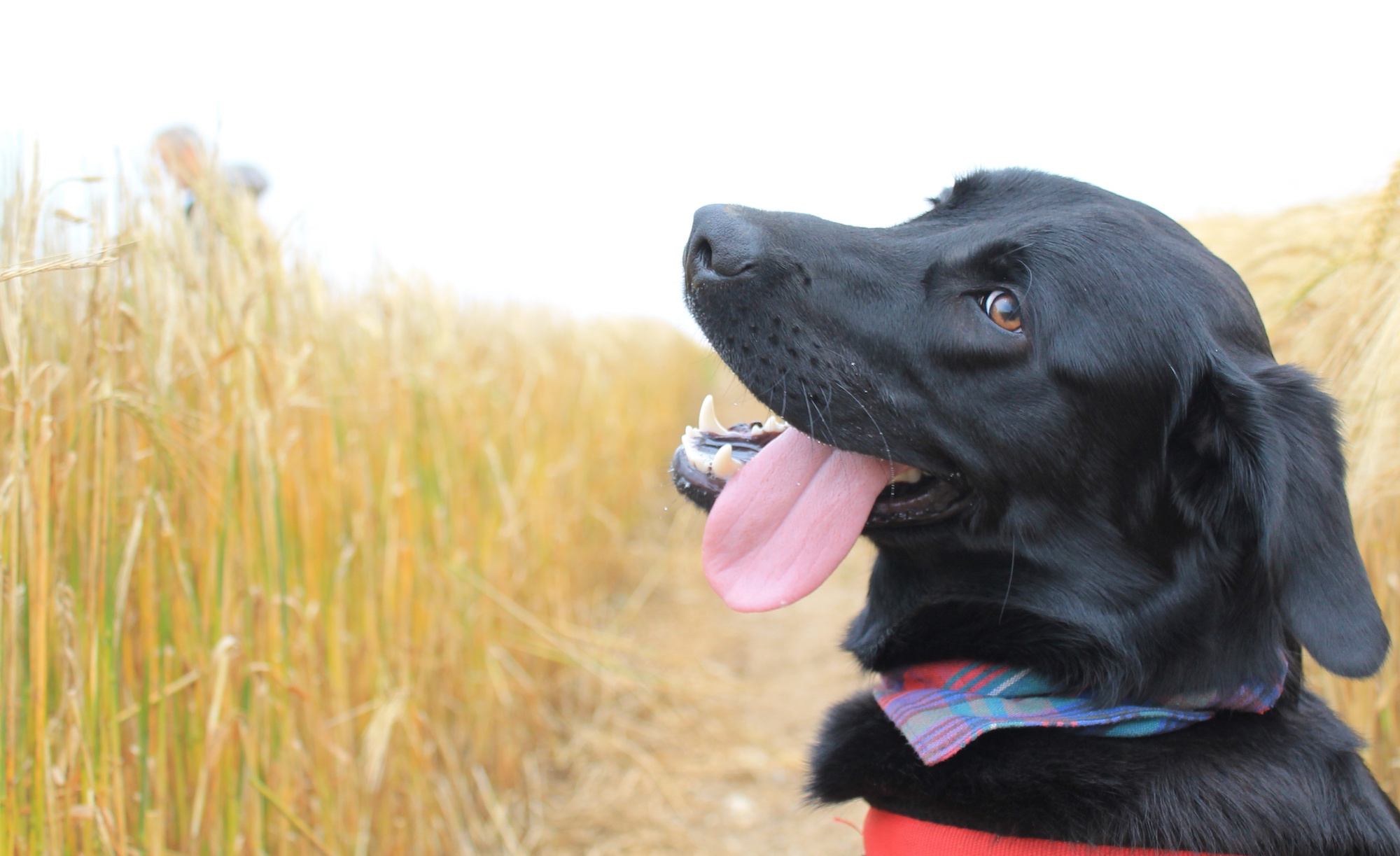Humans aren’t the only ones dealing with flu season–canine influenza is also on the rise. In states around the country, outbreaks are affecting dog day care businesses, grooming facilities, shelters, kennels, dog parks and other spots where pups gather. Though canine flu can be dangerous for some, for most dogs it’s merely unpleasant, and there are steps you can take to protect your pup.
What is canine flu?
Canine influenza, also known as dog flu, is a contagious respiratory disease caused by influenza A virus, similar to the flu virus that affects humans. There are two known strains of dog flu, H3N8 and H3N2. H3N8, which originated in horses, was first reported in Florida in 2004. H3N2, which scientists believe originated with birds, was responsible for dog flu outbreaks in 2015 and 2016, and is the one currently circulating.
How do I know if my dog has the flu?
This will sound familiar to anyone who’s ever had the flu: Symptoms of canine influenza include fever, coughing, sneezing, runny nose and/or eyes, lethargy, sleeping more than usual, discomfort or achiness, and reduced appetite.
The tricky part is that canine flu’s symptoms are similar to other illnesses, such as kennel cough.
“You’re not going to know if your dog has the flu unless your veterinarian specifically tests for it,” says Dr. Lori Teller, clinical associate professor at Texas A&M School of Veterinary Medicine and president of the American Veterinary Medical Association. “Typically dogs that have kennel cough don’t act as sick as dogs with the flu. But if your dog has a mild case of the flu, or a really bad case of kennel cough, there’s no way to tell the difference” without testing.
Testing usually involves a vet swabbing the back of a dog’s throat. The resulting material is sent to a lab, which tests for a number of respiratory illnesses, including the flu.

How do dogs get influenza?
Canine influenza is spread through respiratory droplets, similar to human strains. It gets passed among dogs when they bark, sneeze, or cough, and another dog breathes it in. Dogs also can pass it to each other during play, when they lick or bite, or wrestle together.
“It’s spread by respiratory secretions, and since dogs do almost everything with their nose and mouth, it’s highly transmissible that way,” Dr. Teller says, noting that dogs can shed virus days before they show signs of having flu.
Plus, the virus can live on surfaces for up to 48 hours–think shared water bowls, toys, or bedding.
Is my dog at risk?
“Most dogs do not have natural immunity to it, so canine flu is highly transmissible,” Dr. Teller says, noting that dogs who spend most of their time at home are at relatively low risk.
“The dogs who are frequently going to doggie day cares, or to the kennel, or the groomer, where they’re going to be exposed to a lot of dogs, are at higher risk,” she says. In addition, dogs with preexisting conditions such as heart or lung disease, compromised immune systems from cancer or chemotherapy, and very old dogs and puppies, are also at higher risk.
Most dogs will bounce back from the flu without complications. But for those with compromised immunity or other risk factors, the flu may lead to a secondary infection like pneumonia, which can be life threatening, Dr. Teller says. A dog with pneumonia may need hospitalization, antibiotics, and/or IV fluids.
What do I do if my dog gets the flu?
“Canine flu is caused by a virus, so there is no specific cure or treatment for it,” Dr. Teller notes, adding that your vet may offer medications to treat symptoms, such as a fever reducer, cough suppressant or pain reliever. Be sure to only give your dog vet-approved medications.
“The one thing I want to make sure any pet owner knows is not to use over-the-counter remedies that you would buy for yourself if you had the flu,” she warns. “Many of those contain drugs that are toxic to pets and can be potentially fatal. Definitely do not use any medication without the specific recommendation of your veterinarian.”
Rest and fluids are also important for healing. Along with making sure your dog has plenty of readily available water, you can offer low-sodium chicken or beef broth. Freeze the broth into cubes and add it to your dog’s water, or sprinkle a little broth or water on their food to help them stay hydrated, Dr. Teller suggests. Also, make sure your dog has a quiet, comfortable place to rest.
In addition to keeping your pup comfortable, be mindful about protecting other dogs. Canine flu generally lasts 7 to 10 days, but dogs begin to shed virus 2 to 3 days before symptoms show up, and can remain contagious for 3 to 4 weeks, especially if they have a lingering cough. Talk to your vet about how long you’ll need to keep your dog away from others.
Can dogs pass influenza to humans, or other pets?
Humans are not at risk for contracting canine flu. The strains that infect us are different from the ones our dogs get, Dr. Teller says.
However, there have been reported cases of cats catching canine flu. “They’re not as susceptible as dogs, but there are cases of cats that have caught it,” she says. “There are no cases of cats dying from it, but we do know it can make them feel poorly.”
There haven’t been reports of other types of pets catching canine flu, she adds.
How can I protect my dog?
Vaccines are available for canine flu for dogs 8 weeks and older, and are recommended for dogs who are at higher risk, Dr. Teller says. Vets may recommend vaccine boosters yearly to provide ongoing protection.
Keep your dog away from any sick animals. Being vigilant about cleaning is also helpful. Be sure to wash your hands frequently, thoroughly clean toys and bowls, launder clothing and bedding often, and disinfect surfaces as well.




